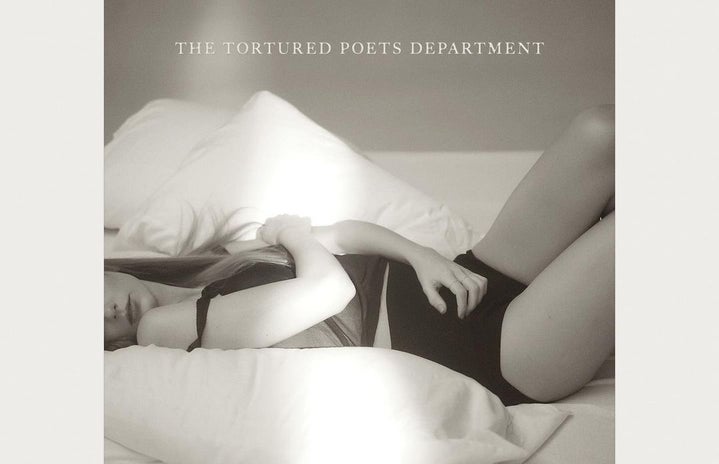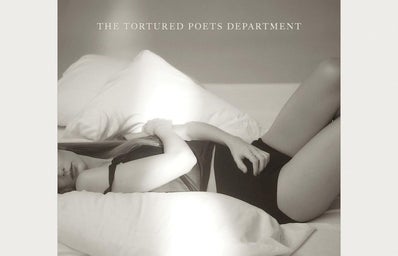“It’s Hell on Earth to be Heavenly”
As I am sure you are all aware at this point, Taylor Swift has recently released a new album. While I found a lot of songs compelling in their unconcealed vulnerability (a motif I noticed throughout the album), “Clara Bow” explored themes only a star at her untouchable level of fame could portray from her coveted spot in the limelight. Fame is revered. Fame is tantalizing in its mystery and obscene in its divulgence. It seduces with its questions and beguiles in its revelations and the less we know from the outside, the more we want to know.
The female star is perhaps the most bewitching of all. Probably because female beauty is a carnal goal and abused treasure in our societal structure even outside of fame. The demand for female beauty is universal as it is sexualized by men and sickly revered by women. And so the female star must firstly be beautiful and secondly be talented. If the starlette is lucky enough to find success, the public seeks to shape her, reinvent her, imagine her reality and trap her in it. Female fame is revered and claimed in a league of its own. In return, the public offers her unimaginable wealth, status, and adoration… that is until someone better comes along.
“Clara Bow” is a clever narration of this process, the never ending cycle of female fame revolving around exploitation of youth and commodification of beauty. Swift’s perspective jadedly comments on the industry preying on naivety and ambition and birthing stars only to work towards their inevitable replacement.
The starting line reads “you look like Clara Bow / In this light / Remarkable.”
It is the narration of a new starlette’s birth. First she is compared to her predecessor, then she eventually earns the title of celebrity herself, allowing the public to effectively toss aside those who came before, saying “the crown is stained but you’re the real queen.” And, in the moment of allconsuming fame, “you’re the new God we’re worshiping / Promise to be dazzling.” The focus of adoration is purposely superficial and intentionally one dimensional and meaningless, particularly because its temporality is stressed. This is proven further in the second verse, when Swift writes from the perspective of the people again, stating “You look like Stevie Nicks / In ‘75, the hair and lips.” A new decade, a new age starlette is born…and yet the pattern is the same. Swift writes about the perpetual cycle of skin-deep female appeal and the intense glorification of female celebrities until we are sick of them, or they are too old, or we suddenly don’t find them sexy anymore. She writes: “Beauty is a beast that roars / Down on all fours / Demanding “more” / Only when your girlish glow / Flickers just so / Do they let you know.”
Her growing issues with this commodification of the female star is fully revealed at the end, as it is clear (especially in recent years) that Taylor Swift herself feels as though her title and adoration are constantly at stake as she ages. She is continuously being compared to younger pop stars and threatened to be replaced. This is made apparent when the song ends with the birth of one last starlette, but this time Swift says: “You look like Taylor Swift / In this light / We’re loving it / You’ve got edge / She never did / The future’s bright / Dazzling.”




